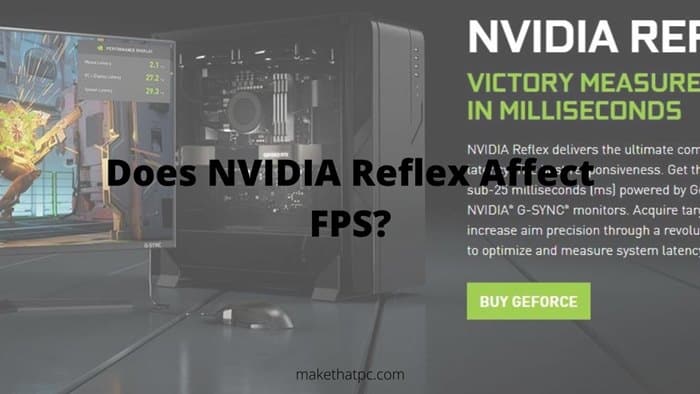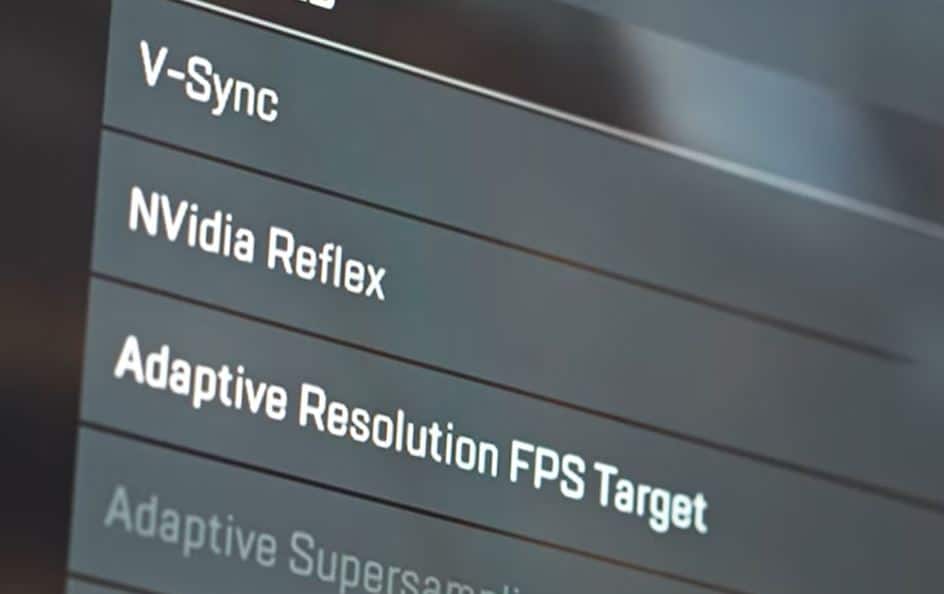You must be living under a rock if you have not heard about GPUs. In case you din’ know, GPU aka Graphics Processing Unit’s primary function is to work in accordance with the CPU of your computer. While the CPU works solely to improve functions throughout the system, GPU is responsible to accelerate the computer graphics and gaming workload.
For the record, both the CPU and the GPU work hand-in-hand to complete a task successfully assigned to your system. With that said, GPU is an essential counterpart part of your operating system that can not be looked down upon.
NVIDIA Reflect does the traditional job of eliminating the render queue but without capping the frames. So, the first benefit is that you get input lag benefits of frame capping. Also, you get high frame-rate benefits while running uncapped. However, it doesn’t mean that you will see a huge increase in FPS.
Let’s talk some more about it.

What is Nvidia Reflex?
Nvidia has launched a potentate in the market of software that has altered the game. To be precise, Nvidia Reflex powered by GeForce RTX™ 30 Series GPUs and NVIDIA® G-SYNC® monitors help to minimize the click to display response time in order to give a gaming experience like a hot knife through butter. It is solely dependent on low latency Esport technology that provides a better result.
Eliminating the render queue is an outdated method to reduce the input lag. NVIDIA has better features to offer. The first one is the low-latency mode. And, the second one is called Reflex.

What is Latency?
At some point in our lives, in one way or the other, we have come across the term lagging, or FPS, which terms for Frames per second. FPS is used to measure how many frames are displayed in a second on the screen.
The lag, on the other hand, is influenced by a bunch of factors. It is the number of frames dropped here and there during gameplay that is responsible for ruining your in-game experience A delay in how your aim follows the movement of your mouse, so what’s happening on-screen lags behind the real-world movement and may lead to the gamer losing the game by a nail. This is measured by the latency.
For starters, it clearly depicts how much time the impulse takes to reach the display through the system after a click on the mouse. The impulse basically goes through the CPU, experiences a Rendering Queue, reaches the GPU, and then is transferred to the screen.
MOUSE -> CPU -> Rendering Queue ( where the lag usually occurs) -> GPU -> Display
How does Nvidia’s Low Latency Reflex Esport technology work?
The NVIDIA Reflex has capsized the gaming industry by lowering the latency at its least. The NVIDIA Reflex now comes inbuilt and is turned on by default while playing most modern games. It has a specific working mechanism
As we discussed earlier, NVIDIA Reflex works by eliminating the render queue but without capping the frames. So, you get to see a very low input lag.
Unlike the low-latency mode, the Reflex feature can be utilized within the game settings. By the time I am writing this article, there are around 40 games supporting this feature. Some popular names are:
- Apex Legends
- Battlefield 2042
- Call of Duty: Warzone
- Escape from Tarkov
- Fortnite
- Overwatch
- Rainbow Six Siege
- Valorant etc
You can check all the supported products including games, mice, and monitors here.
The working mechanism of Nvidia Low Latency Esport Technology is ruling the world of gameplay.
The Nvidia reflex comes with the new low latency Esport technology that works like magic. It helps in minimizing the rendering queue in the above-mentioned pathway and brings the CPU and GPU perfectly in sync, in order to reduce the impulse traveling time. In turn, this helps in reducing the latency to a maximum extent and improves the system efficiency. Also, this has proved to provide gamers with ultimate satisfaction.
Another way Nvidia Reflex helps is by measuring the latency throughout. It shows the gamer the matrix displayed on the game while playing to have a better check on the game latency, render latency, and most importantly the game renders latency.
‘The game to render latency’ gives us a crystal clear picture illustrating how much time it takes for the CPU to process input or changes to the world and submit a new frame to the GPU to be rendered. It also maximizes the FPS, which we will now have our eyes upon.
How can we measure Latency?
Well, previously, measuring the latency required a setup worth of fortune. To make a point, latency can be divided into various types as game latency, rendering latency, frame latency, etc as we have discussed earlier.
However, the overall latency is known as the End to end system latency, which is of main concern. To measure this latency, we would require a high-end camera that is capable of capturing infinitely small details and a modified mouse just to get started. But, here comes the best part.
Nvidia has introduced the reflex latency analyzer. It accurately shares the Game latency, PC latency, and Display Latency. It does not require any specific mouse or any other special setup. This can be used to have a hold on the idea of how responsive your laptop or computer is to the actions you are taking, giving a clear picturesque of the input-to-output ratio. All in all, it is a game-changer.
Does Nvidia reflex increase the FPS?
Nvidia Reflex is built to minimize latency. Low latency means your frames are dropping haywire. On the other hand, latency may be high even at high FPS. For example, a game running at 100 FPS may have a latency of 80ms, due to network or other issues. Generally, it is found that when we decrease the frame rate, it increases the latency by almost double.
NVIDIA Reflex isn’t made to affect the FPS in any way. The company has developed this feature just to keep the latency as less as possible. However, low latency can improve the gaming performance a lot especially when it comes to competitive gaming. So, yes, NVIDIA Reflex has a lot to offer to gamers. But, increasing FPS should never be your expectation.
Final Thoughts
In the end, we can safely say YES! The Nvidia Reflex does affect latency to a generous extent. It has turned out to be a No. 1 gamers choice. The primary function of Nvidia Low Latency & Esport Latency is to minimize the lags and cut down on latency. When we cut down on latency, it generally increases the FPS, giving us smooth graphics to sail through easily. But, don’t expect a huge boost in FPS just because you are making use of NVIDIA Reflex. It makes the gaming way more competitive with no jitters in your way.
Let me know what you think about it!

I am Anshul Rana, an experienced author specializing in PC gear reviews and Windows 10 software tutorials. With a strong passion for technology and an in-depth understanding of the PC industry, I provide insightful and detailed analyses of computer peripherals, gaming gear, and software solutions. My writing style is concise yet informative, making complex topics accessible to both beginners and advanced users. Through my reviews and tutorials, I aim to offer valuable guidance, helping readers make informed decisions to enhance their PC experience and explore the vast possibilities of Windows 10 software.









